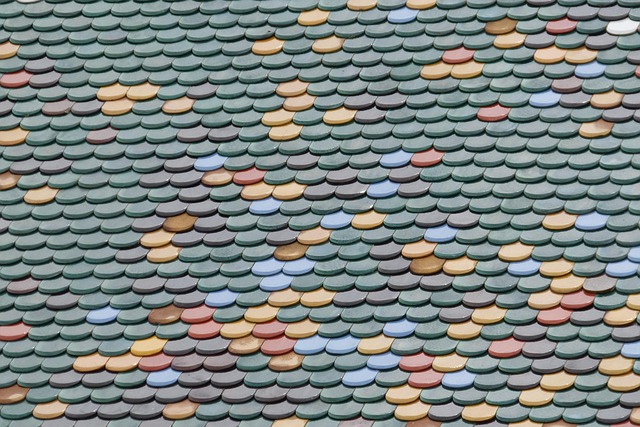Neglected grout lines can deteriorate over time due to environmental factors and improper installation, leading to discoloration and crumbling. To restore old tile and grout effectively, start by assessing damage, gather essential tools and supplies, prepare the area, remove old grout, clean surfaces, apply new grout, seal and protect, address challenges carefully, maintain regular cleaning and inspections for long-lasting results using proper techniques and products.
Looking to revive your old tile and grout? This comprehensive guide is your go-to for learning how to restore old grout lines. From understanding why grout discolors over time to gathering the right supplies, we break down every step of the process. By following our expert tips on cleaning, removing old grout, regrouting, sealing, and maintaining your tiles, you’ll achieve a fresh, new look that lasts.
Understanding the Problem: Why Grout Lines Discolor and Deteriorate Over Time
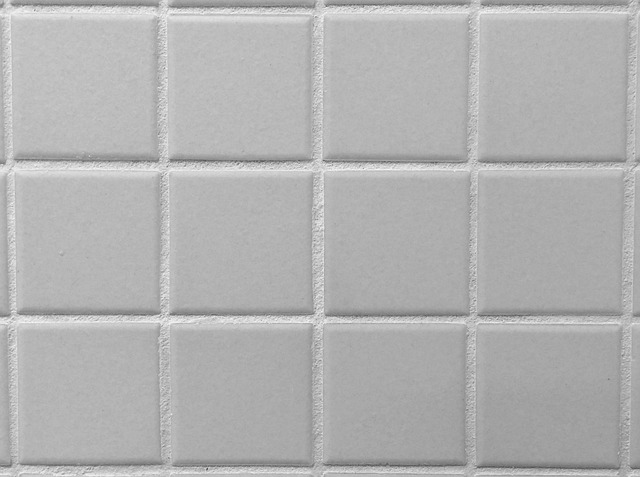
Grout lines, often overlooked, can become a significant concern in any tiled space over time. Discoloration and deterioration are common issues, leaving many homeowners wondering how to restore old tile and grout. The primary culprits behind this problem are environmental factors and poor initial installation or maintenance.
Sunlight, moisture, and varying temperatures can accelerate the aging process of grout, causing it to fade, stain, and eventually crumble. Additionally, improper grouting techniques during installation can lead to weak bonds, allowing dirt, grime, and moisture to infiltrate the tiny gaps between tiles. Regular cleaning and sealing are essential preventive measures, but over time, even well-maintained grout lines may require restoration using specialized tools and products designed for this purpose.
Assessing the Scope of Repair: Identifying Damaged or Missing Grout

When it comes to restoring old tile and grout, the first step is assessing the scope of repair. Start by inspecting the entire floor or wall area to identify any damaged or missing grout lines. Look for gaps between tiles, discolored or peeling grout, and any signs of moisture intrusion. These issues can indicate that the grout is not only visually unappealing but also structurally weak.
During your assessment, pay close attention to high-traffic areas where wear and tear are more pronounced. Kitchens, bathrooms, and entryways often require special consideration. Additionally, check for loose tiles or those with visible damage, as these may need to be replaced as part of the restoration process. This thorough evaluation will help you determine the extent of the work required, ensuring a successful and lasting repair.
Gathering Supplies and Tools: What You'll Need for Restoring Old Grout Lines
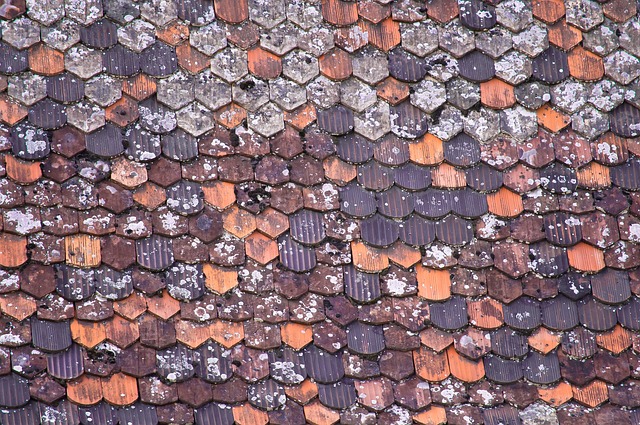
Restoring old grout lines is a great way to bring new life to your tiled surfaces, making them look as good as new again. Before beginning, gather all the necessary supplies and tools to ensure a successful DIY project. This includes a grout saw or chisel, which will help you carefully remove the existing grout without damaging the tiles. A wire brush or grout removal tool is also essential for scrubbing away dirt and debris. Don’t forget protective gear like gloves and safety goggles—these are important for keeping your hands and eyes safe during the process. Additionally, you’ll need new grout, a grout float for spreading it, and a sponge or grout bag for applying it evenly. Having these tools and materials on hand will make the restoration process smoother and more efficient when tackling how to restore old tile and grout.
Preparing the Area: Cleaning and Preparation Techniques for Optimal Results

Before tackling any restoration project, preparing the area is a crucial step in achieving optimal results for how to restore old tile and grout. Start by clearing away any loose debris or dirt using a vacuum cleaner with a brush attachment. Then, thoroughly clean the existing grout lines with a mixture of warm water and a mild detergent, using a sponge or soft-bristled brush to agitate and dislodge any built-up grime or stains.
For tougher stains or areas where the grout has completely deteriorated, consider using specialized grout cleaning solutions or an abrasive cleaner to scrub away residue. Once the area is clean, rinse thoroughly with warm water until all soap residue is removed. This meticulous preparation ensures a smooth surface for re-grouting and enhances the longevity of your restoration efforts.
Removing Old Grout: Effective Methods to Ease the Process

When restoring old grout lines, the first step—removing the old grout—is crucial for achieving a fresh, clean look. Start by scanning the surface with a grout saw or a utility knife to loosen and cut through the existing grout. This process requires patience as it’s essential to avoid damaging the surrounding tiles. Once the old grout is loose, use a rubber grout removal tool or a scraper to physically remove it from the gaps between tiles.
For more stubborn cases, consider using a grout remover solution. These products contain powerful cleaning agents that can dissolve old grout quickly and efficiently. Follow the manufacturer’s instructions for application and safety precautions. After removing the old grout, thoroughly clean the tile and grout surfaces to eliminate any residue, ensuring a successful transition to new grout later in the restoration process.
Filling and Re-grouting: Step-by-Step Guide for Fresh, New Look
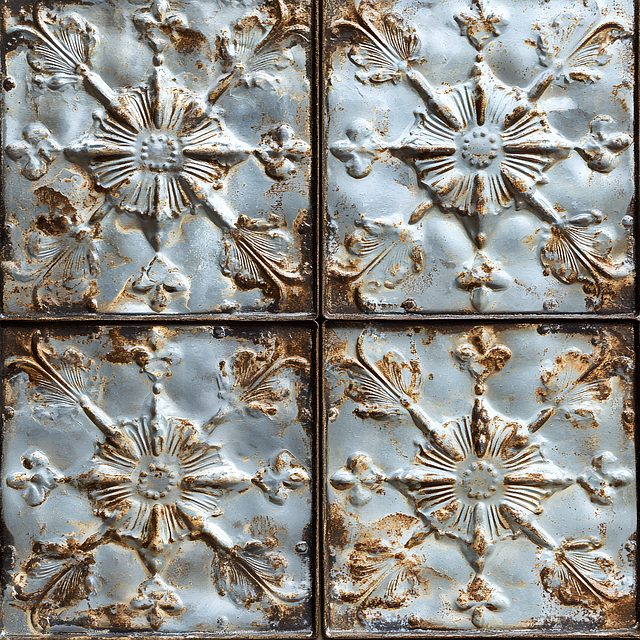
Restoring old grout lines is a cost-effective way to give your tiled spaces a fresh, new look. Filling and re-grouting involves several steps but can transform your bathroom or kitchen in no time. Start by removing any loose debris or grout with a wire brush or grout saw. Next, mix a small amount of grout with water according to the manufacturer’s instructions, ensuring it has a smooth, creamy consistency. Using a grout float or trowel, apply the fresh grout into the gaps between tiles, pressing firmly for a tight seal. Once set, use a damp cloth to wipe away excess grout, leaving your tiles clean and uniform. Allow the grout to fully cure before walking on or cleaning the area to ensure long-lasting results.
Sealing and Protecting: Choosing the Right Sealant for Longevity

When restoring old grout lines, sealing and protecting is a crucial step to ensure longevity. The first consideration is choosing the right sealant for your project. Different sealants offer varying levels of protection against moisture, stains, and wear and tear. For bathroom and kitchen areas with high humidity, opt for a waterproof sealant designed to withstand moisture exposure. If aesthetics are a priority, choose a sealant that matches the color of your grout for a seamless finish.
Applying the sealant properly is equally important. Ensure surfaces are clean and dry before sealing. Use a brush or sponge to apply the sealant in small sections, following the manufacturer’s instructions for drying time. Regular maintenance, such as cleaning with mild detergent and avoiding harsh chemicals, will extend the life of your sealed grout lines, ensuring your restored old tile and grout remains in top condition.
Common Pitfalls to Avoid During the Restoration Process
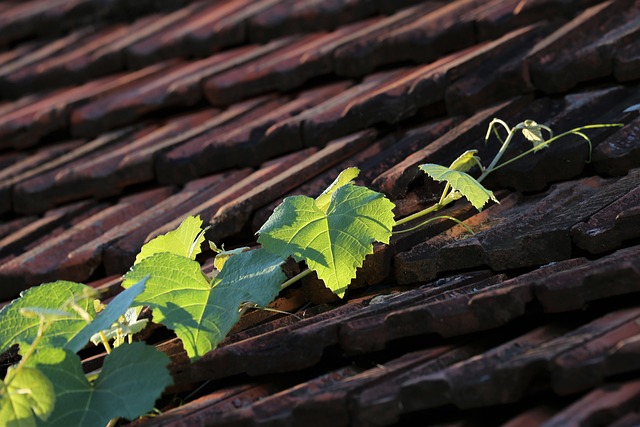
When tackling the restoration of old grout lines, it’s crucial to be aware of potential pitfalls that can sabotage your efforts. One common mistake is attempting a DIY restoration without proper preparation. Grout cleaning and restoration require specific tools and knowledge, so skipping professional assistance may lead to surface damage or inadequate results. It’s essential to research and understand the process thoroughly before starting.
Another pitfall is using the wrong products or techniques. Different grout types need unique care, and improper cleaning agents or tools can cause further discoloration or damage. Always opt for grout-safe cleaners and follow product instructions carefully. Additionally, avoid aggressive scrubbing, as it can damage the tile surface. Instead, focus on gentle yet effective cleaning methods to achieve optimal restoration outcomes when learning how to restore old tile and grout.
Maintenance Tips: Keeping Your Restored Grout Lines Looking Their Best

After successfully restoring your old tile and grout lines, it’s crucial to implement maintenance tips to ensure they stay looking their best. Regular cleaning is paramount; use a soft-bristled brush or sponge with mild detergent to gently remove dirt and grime that can discolour or damage the grout. Avoid harsh chemicals which could erode the grout over time.
Moisture control is another vital aspect of maintenance. Grout is porous, so high humidity levels can lead to staining and mould growth. Ensure proper ventilation in your space, and consider using a dehumidifier if necessary. Regularly inspect your grout lines for any signs of damage or discolouration, addressing issues promptly with appropriate cleaning or repair techniques.
